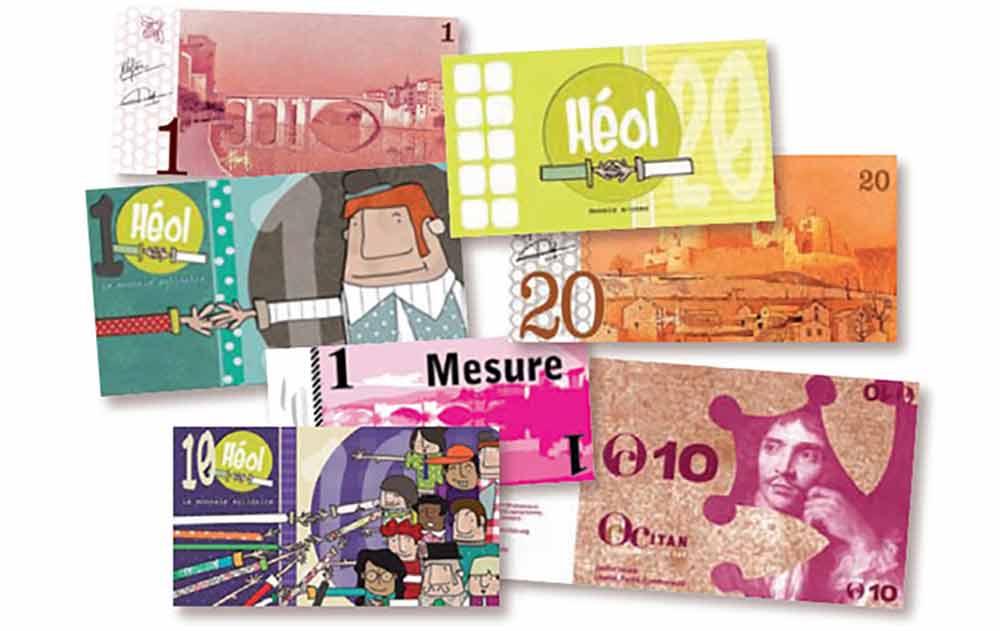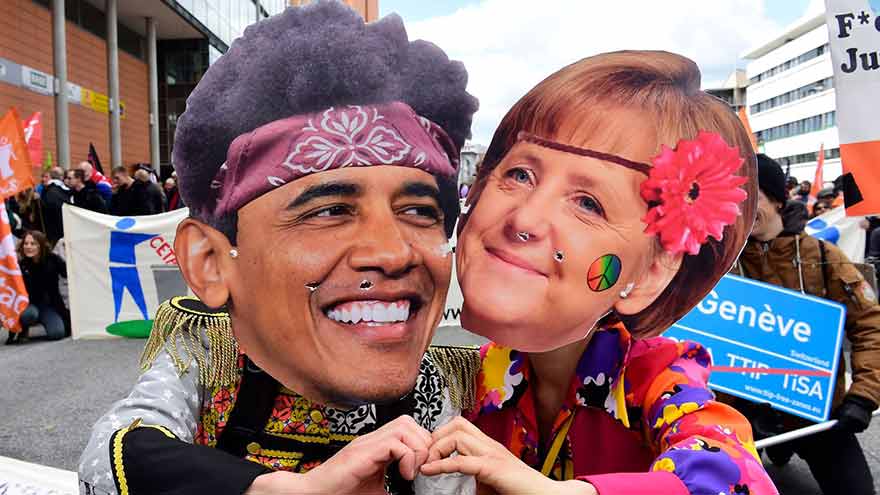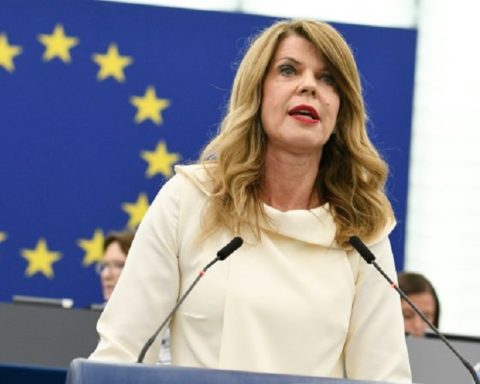Among the explosion of citizens' initiatives, the phenomenon of complementary local currencies (MLCs) and the growing enthusiasm they have generated for less than 10 years cannot leave one indifferent. Indeed, projects are multiplying throughout France and the idea of having one's own currency is emerging in many territories. Since the beginning of the year, the project of"a currency for Paris" is becoming clearer (and should be in place in early 2017) and the Grenoble Cairn has been the subject of citizen reflection for the past year.
Ahe MLCs concern both urban areas and larger territories such as the Doume that circulates in the puy de Dome. And if initiatives were initially timid and projects failed, this does not hinder the growing popularity of these currencies.
Panorama and scope of local currencies in France in 2013. Source
A great diversity of nature and function
These MLCs often take on very different forms, operating principles and values, and all of these currencies appear to be heterogeneous to say the least. They can be 100 % paper, in the form of coupons, or electronic thanks to a card system. Many are melting, i.e. they lose value after a given period of time in order to encourage their use, but not all of them: the Pyrene in Ariège has recently returned from this principle. Charters, a structuring element of values, are specific to each currency and each territory; Eusko aims, among other things, to promote the Basque language.
How can we understand this diversity? Doesn't it in fact express a strong reaction to the economic and financial situation? While local currencies are being created in 1983 in Vancouver (or even earlier: in Switzerland in 1934 the Wir was dedicated to companies), the citizens really took it over from 2008. Today, it is estimated that more than 5,000 local currencies are in circulation around the world.
Financial crises, exposed financial abuses and various scandals have generated many reactions and the general public has started to turn to alternative finance and MLCs. In France, the movement is accelerating in 2010-2011 and then the Social and Solidarity Economy Act of 31 July 2014 provides a legal framework - pioneer for complementary currencies This is a "local and supportive" approach to support the development of MLCs.
Examples of MLC.
Meaningful finance
Despite their diversity, MLCs have invariants and embody above all meaningful finance. Technical and practical constants emerge, the key word being the establishment of confidence in a new currency. Use and the medium itself are the first step towards trust.
The system of circulation and operation of the local currency is a reminder that simplicity of use and security are fundamental to a means of payment; overly complex experiments have quickly failed. The charter makes it possible to consolidate trust: it must be sufficiently open to rally local populations, but sufficiently precise to embody a project.
The identification of the territory and the community concerned becomes consubstantial with the establishment of fiduciary relations: membership will also require strong identification. Finally, the good articulation of the actors makes it possible to stabilize relations: between technical and financial support from the local authorities, the sufficiently important adhesion of service providers, traders and producers, and the group of citizens who carry the project, coordination proves to be fundamental and requires balanced relations.
The territory at the heart of the projects
But more than that, the MLCs crystallise in all cases the will to reappropriate the monetary instrument in order to meet one or more precise objectives that can be summarised around three strong ideas: the dynamisation of local exchanges, the territoriality of activities through the dynamisation of citizen exchanges and the maintenance of employment on the territory and the reduction of the ecological impact of economic activity.
Meaningful, the currency then expresses an togethera otherwise and a ethically. Together since MLCs are built around a community and a territory. Otherwise since they denounce the inadequacies of national currencies in terms of economic dynamism, speculation and exclusion of the most fragile. Ethically since they involve the constitution of a charter of values often oriented towards solidarity, citizen democracy and sustainable development and propose an alternative.
No one knows whether these complementary currencies will last, but they tell us something about the citizens' vision of finance.
Virginie MonvoisinAssociate professor, Grenoble École de Management (GEM)
The original text of this article was published on The Conversation.















